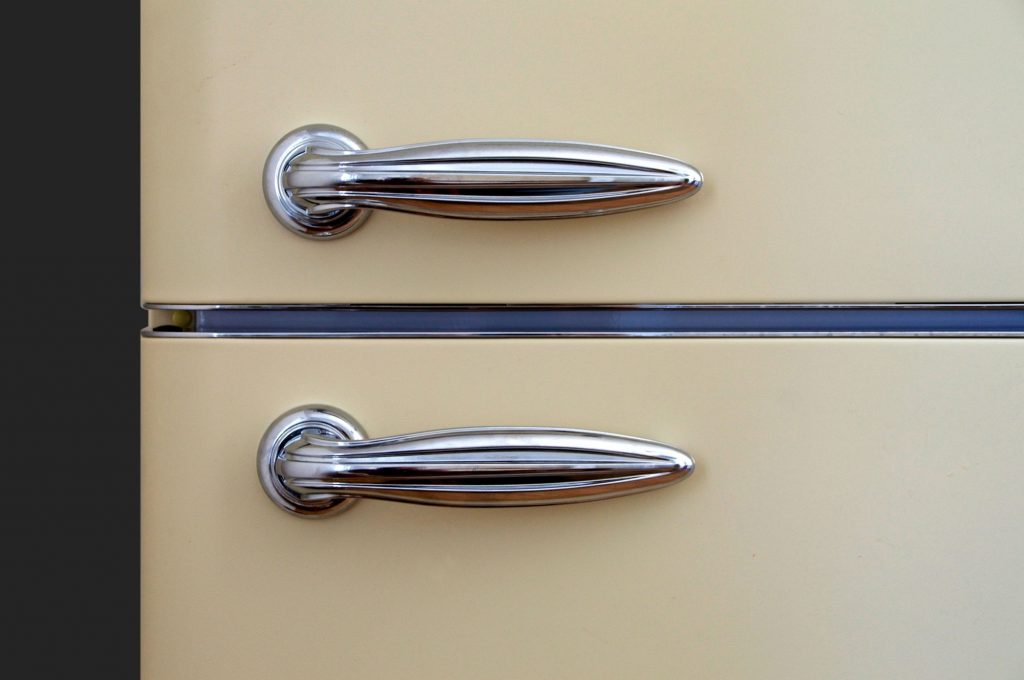Do you anticipate a relocation to a new home soon? Many households choose to take expensive appliances along with them during a change of address. If you plan to move your refrigerator, consider using these six helpful tips to make the transition a bit easier:
1. Make sure you effectively I.D. your refrigerator.
Before moving day arrives, it usually makes sense to ensure you’ve permanently marked your appliance with an identification number for insurance purposes. Consider using either an engraving pen or a permanently affixed metal engraved tag for this purpose. If an accident occurs en route, the identification number assists you in recovering your property or obtaining compensation for its loss.
2. Measure the route carefully.
Whenever possible, consider measuring the dimensions of both your refrigerator and every corridor, elevator, staircase, and doorway along its intended relocation path. Taking this step in advance offers assistance in transporting a bulky item from one site to another. It enables you to plan the most comfortable course for moving the refrigerator without having to remove doors or other obstructions.

3. Empty, defrost, and clean.
Although this step seems almost too obvious to mention, completely emptying, cleaning, and defrosting the refrigerator before transport proves essential. Sometimes during frenetic moving preparations, busy households forget to complete these small tasks. By defrosting and completely clearing out the fridge, you’ll avoid a host of problems associated with potential accidents during transit.
4. Secure loose interior shelving, compartments, and doors.
Next, consider removing loose trays and containers and packing them separately. Make sure you firmly secure any shelves transported inside the refrigerator, too. Allowing these materials to remain loose might cause interior damage to the appliance during a relocation. It often proves helpful to consult the manufacturer’s instructions concerning the best way to secure compartments. If in doubt, consider using masking tape and cardboard padding on plastic surfaces. Moreover, secure swinging doors with tape or cords.

5. Obtain professional assistance disconnecting and reconnecting the refrigerator (if necessary).
Do you own a built-in refrigerator? In some situations, it proves helpful to ask an electrician to help you detach and disconnect/reconnect the fridge. This step is especially crucial in the case of “smart” refrigerators. Appliances interfaced with computerized home environmental systems usually require professional installation attention.
6. Assemble padding, blankets, straps, and a sturdy dolly before moving day.
Finally, ensure you obtain protective padding and blankets, straps, and a large dolly to facilitate the transport of your refrigerator into a moving truck. Floor sliders may also prove helpful at your destination. If you perform a DIY relocation, consider renting these items in advance.
As bulky yet surprisingly fragile items, refrigerators require care and attention to relocate safely. This process occurs more smoothly if you adhere to the simple suggestions presented here. Successfully conveying a fridge to your new home offers rewards. At the very least, you’ll gain the satisfaction of knowing you’ve accomplished a potentially challenging task!

